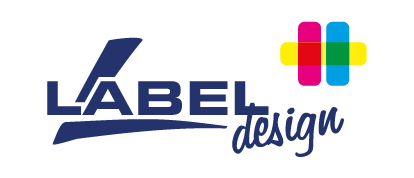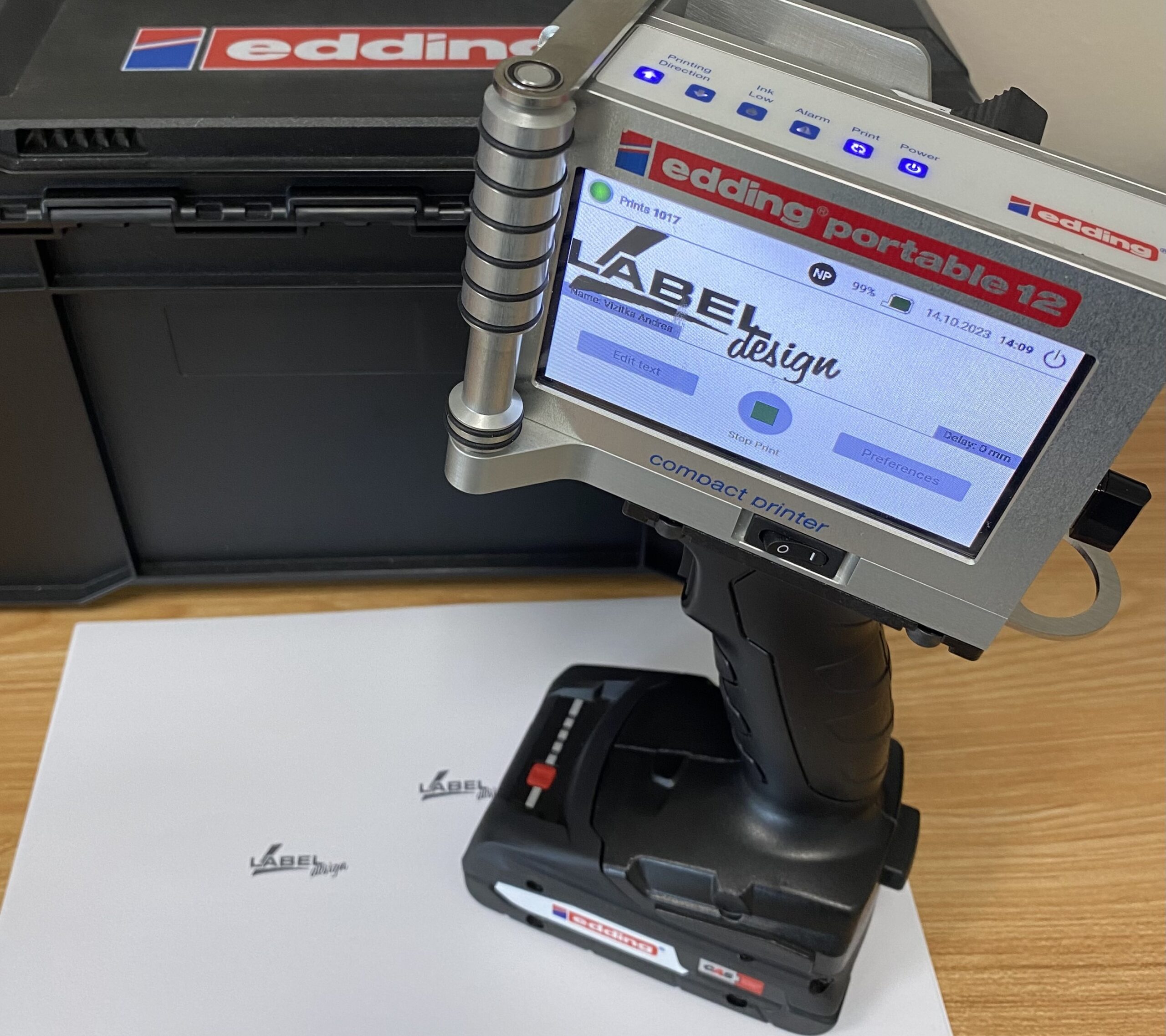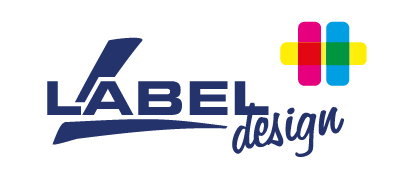In the first part of our series on labelling, we looked at creating labels for logistics and insertring data into print fields. Today we will discuss printing technologies and the options for reprinting directly at customers' sites.
We can print the entire label or just the production and expiry date, serial number, barcode, etc. It always depends on the needs of the customer.
THE RIGHT PRINTING TECHNOLOGY
Continuous Inkjet
Continuous inkjet is most commonly used for overprinting dates, serial number, batch numbers, or simple text. Due to the low print resolution, it is not well suited for printing barcodes, 2D codes, etc. It is a contactless printing, where the ink is applied by a nozzle in dots. This technology is most often used in industrial production, where plastic and glass packaging (mineral water, beverages, food products) is labelled.

Thermal Inkjet
A thermal inkjet is actually a "mini" inkjet printer that prints in principle just like a desktop home printer, and even uses the same cartridge. Again, it is used to reprint a date, serial number, batch or simple text. However, it prints at a higher resolution so it can also be used to print linear and 2D codes. It is also contactless and the ink is applied by the print head, which is part of the cartridge. The advantage is the small size of the printer and thus the possibility of using it as a mobile option.

Direct Thermal (DT) and Thermal Transfer (TT) Printing
A thermal printer is used for direct thermal (DT) printing. In this case, the print data is transferred via a print head to a material that contains a thermal-sensitive pigment layer. When the thermal-sensitive pigment of the material is heated, the print dots change color, usually to black or red.
A thermal transfer (TT) printer is used for thermal printing, wherein print data is transferred to any material using a print head and TTR ribbon. By heating the print dots, the pigment is separated from the PET film onto the surface of the material. It's not just black any more but basically any color you could want. This printing method can also be used to successfully print in silver or gold, thus completely replacing hot stamping.
Thermal printers for DT do not have a drive for unwinding and rewinding TTR ribbons. TT printers have a drive, but can also be used for DT.

Laser Printing
Laser printers use low-power CO2 laser technology. The advantage of this technology is that it allows printing on virtually any material without being in contact with it. It is essential that the label to be printed on be in continuous motion during the printing process.

Full Color Inkjet and Laser Printers
These printers are basically the same as the printers you already know from the office or home. Only the printing is not done on single sheets of paper, but on labels on a roll.

Roll-to-roll Inkjet Color Printers
In this case, printing is handled by transferring the ink from the cartridge via the print head. Depending on the quality of the printed material, the print quality may be similar to a photograph. These printers use software to accommodate roll label formats and can print graphics without white borders. They are mainly designed for smaller print jobs (smaller quantities), but have the advantage of printing complete graphics and current information, and each individual label can be completely different.

Roll-to-roll Laser Color Printers
These printers are in principle the same as inkjet printers, but the ink cartridge is filled with powder. Using a laser beam, the design is "baked" onto the label surface. They can also offer industrial quality with a label finishing. This printing is more durable than inkjet printing. In general, the material on which we print must be surface-treated for the correct setting of the ink. All printing technologies can also be combined with label applicators to print "on-line", i.e. to apply the label to the product without additional handling.
Clearly, there are many options for printing onto labels, but we have tried to introduce you to the ones which are most widely used. If you're wondering how best to print data, texts, barcodes, or other information onto your products, please contact our Product Labelling Department - our experts are ready to help you choose the best method for your needs.


